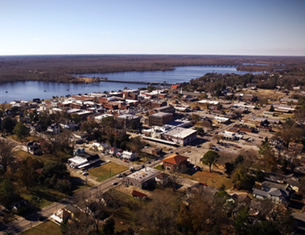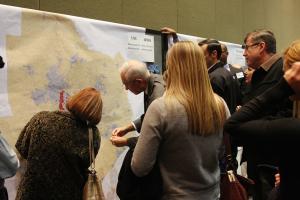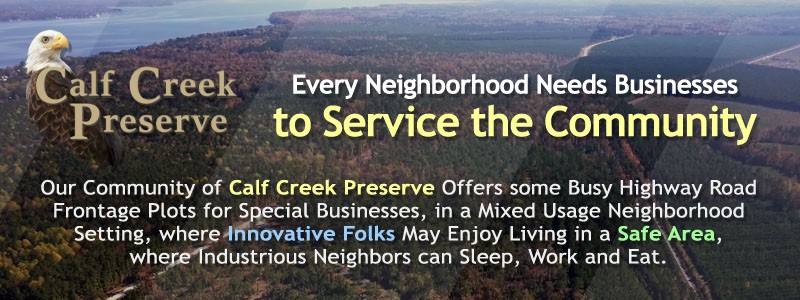Publisher's note: The author of this post is Dan Way, who is an associate editor for the Carolina Journal, John Hood Publisher.
Planners insist public input will determine transit improvements
CJ Photo by Dan Way
Wake County residents look at various transit proposals at a Dec. 8 public meeting at the Raleigh Convention Center.
RALEIGH Wake County officials insist the launch of another mass transit study is not an attempt to find a friendlier outcome just one year after three transit consultants
determined the market couldn't bear the costs of light rail.
Should this latest study conclude rail and/or expanded bus service is desirable, 2016 is the earliest a half-cent sales tax to fund it could be placed on a mandatory ballot referendum, according to Wake County Manager Jim Hartmann, who said the latest study was commissioned before the November election. Even so, planners have been reluctant to make a definitive statement that rail transit will be one component of the transit plan.
"This is a big discussion for our community. We've got existing transit in a number of different places. We've got a number of different providers, and we're inviting more and more people to move to Wake County," Hartmann said.
"So how we accommodate that in a financially feasible manner is going to be very important, and it needs to be a community discussion," Hartmann said.
All four Republican county commissioners, who were
skeptical of the viability of light rail and did not place the sales tax on the ballot, lost their November re-election bids.
Their reticence stemmed from data showing light rail would pose extremely high costs, have insufficient ridership due to lack of population density, and create a negligible impact on traffic congestion, making it unlikely to meet the criteria to attract federal funding.
Light rail "has been a very popular subject," and the previous board "helped create the planning process that we're in now, and I think embraced that [process] unanimously," Hartmann said.
He acknowledged there are many political aspects to expanding mass transit, and that is why a deliberate, transparent process will take place with a 72-member, politically diverse advisory council drawing members from business to disabled groups to Wake County municipalities.
"Everything is a sticky wicket, and as you know transit can be very, very expensive depending on the modes that are chosen," he said.
"There will be plenty of places where people who don't like the plans that evolve will have a voice, or people who want to offer other things will have a voice," Hartmann said. A final report is expected by June or shortly after, with interim reports being released to the public before then.
"I'm doubtful about the federal funding situation" for Wake County light rail, said Cal Marsella, a Colorado transit consultant and former CEO of Denver's Regional Transportation District. Under Marsella's direction, several times RTD's transit system was named the best in North America.
"The numbers were modest as I recall. I'm used to working with much more dense [population] numbers," said Marsella, who last year was one of the three experts asked to examine Wake County's potential for light rail and recommended expanded bus service instead.
"There's certain criteria to be eligible for federal discretionary new-start money, and I didn't see those numbers getting there" for Wake County, he said.
The now-outdated 2011 Wake County Transit Plan called for $4.6 billion in funding. Without reviewing more-current data, Marsella said it would be difficult for him to determine definitively if circumstances have changed enough to justify light rail.
Some people lobby for rail because they believe it's a catalyst for economic development along the rail corridor, he said.
"I do believe that happens. But at the end of the day, it's a transportation investment," Marsella said.
"What motivates me in my evaluation criteria is basically ridership. What is going to be your cost per rider, your cost per new rider?" Marsella said.
"What's going to be your subsidy requirement to keep the operation going versus fares?" he said. When he was reviewing data for the county, he projected light rail would generate less than 20 percent of its revenue from fares. "So you're going to have an 80 percent subsidy of the operation for the foreseeable future," Marsella said.
Jarrett Walker, president of a Portland, Ore.-based transit consulting firm bearing his name, has been engaged by Wake County and other local government and nonprofit groups - along with the Kimley-Horn consulting firm of Cary - to implement the new transit study.
Walker presented an outline and answered questions at a Dec. 8 public meeting of some 600 people at the Raleigh Convention Center.
Walker's presentation of the recent history and benefits of mass transit systems used maps and grids to show how somewhat comparable capital cities of Columbus, Ohio, and Salem, Ore., have capitalized on expanded transit with higher frequency. But he downplayed discussion of how the transit upgrades would be paid for and whether they would include rail.
"We're talking about paying some more taxes in return for a better transit system," Walker said, "and people are going to decide for themselves ultimately whether it is worth that for them."
He said the economic cost of an expanded transit system "is extremely tangible. We are talking an increment of some sort of revenue source that's going to come out of somebody's pocket."
He cautioned against limiting judgments to just economic benefits because the pluses are "so diverse." Transit "has social inclusion, social benefits. It has environmental benefits. It has benefits to people's sensation of liberty," and enhances income mobility for those on the lower rungs of the economic ladder.
Several times Walker linked transit with freedom, saying it provides commuters another option for travel; allows people to forego the financial burden of owning, operating, and parking a car; and eliminates the stress of driving for people traumatized by accidents.
"We will inevitably get to a conversation about the specific rail proposals that were put before you by the last Wake County Transit Plan in 2011," Walker said. That plan included a segment of commuter rail from Garner through Raleigh toward Durham, and a proposed light rail line from Cary through downtown Raleigh and out to the northeast.
"We want to have those conversations in the context of first having a conversation about what you all want to have out of transit, and what are the values that are important to you," Walker said.
"Across the developed world, driving stopped growing about a decade ago," and one reason is "the return to the city, and the interest in urban lifestyles and urbanization," Walker said, using terms like "walkable neighborhoods" and "sustainability."
"Lots of people want to have an argument about whether transit will reduce congestion," Walker said. "That is actually a complicated argument to make. The real argument is that when your freeways get congested it can be a barrier to development, and a barrier to economic growth," he said. "Transit is a very effective way of creating vast amounts of capacity and bypass[ing] that barrier."























